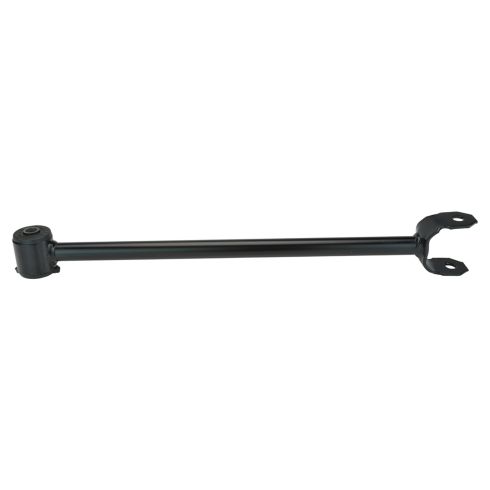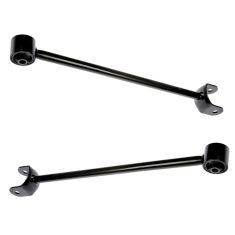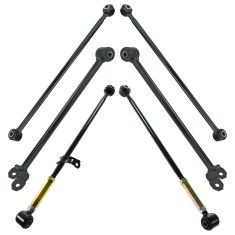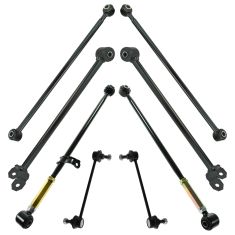1ASRL00010-Toyota Lexus Rear Lower Trailing Arm TRQ PSA69161

Replaces
1995 Toyota Camry Rear Passenger Side Lower Trailing Arm TRQ PSA69161

Product Reviews
Loading reviews
5.00/ 5.0
1
1review
Trailing Arm - Camry
February 6, 2024
Trailer arm fit perfect to spec! Fixed my previously slightly bent arm which caused toe in/toe out.
Perfectly aligned after installation.
Customer Q&A
Hi does this trailing arm come with an extra bushing for the wheel carrier end? Also your video shows a solid bushing in the arm. But the item photo, you can see voids, would this happen to be just an old photo of the product? Thank you
July 6, 2017
10
The trailing arm does not come with the carrier end bushing. As for the style of bushing it could just be a difference in manufacturers, but should not affect fit and function. You may get one that looks more like the website image or the one in the video.
July 6, 2017
Tim K
Toyota is a registered trademark of Toyota Motor Corporation. 1A Auto is not affiliated with or sponsored by Toyota or Toyota Motor Corporation.
See all trademarks.












